- Learning time
- 20 minutes
- First play time
- 90 minutes
Castle Dice
Designed by: Luke Peterschmidt
In Castle Dice players compete to build different parts of a castle… by rolling dice!
Each player has their own board that keeps track of all your resources, and you use dice to roll for them. At the start of each round players can discard (after round one) and draw up to five cards in their hand. The cards represent either the buildings that score points at the end of the game (the Castle Deck) or characters that help them during the game itself (Village Deck) and players can pick up cards from either or both.
A central board tells you how many dice each player can roll for that round – there’ll be a set number plus some wild extras – dice that you can choose yourself. All the players roll their dice. They pool everything in the centre of the table, and then one by one, remove a die from the central pool until they are all gone. Resources like wood and metal are *usually* plentiful. Other resources, needed to build the most rewarding buildings, are harder to come by.
Having exhausted the pool of dice, players have the option to build cards using the resources. Each card shows the cost to build it, and having done so you remove it from your hand and put it face-up on the table. After a certain number of rounds, the game ends.
But around that simple rule-set there are a number of little nuances – players can collect animals as well as resources, and having the most of a certain type of animal (there are four in total) gives you a card from the Market deck which give powerful in-game or end-game advantages.
Players also have to watch out for Barbarians, which can charge into their castle and steal resources if they are not careful. There’s ways to guard against the Barbarians – using Villagers. Villagers can be built using the Village Deck, and there are four different ways to use them – guarding against Barbarians, collecting extra animals and so on.
It’s a game that’s easy to learn and teach, and will appeal to players who love rolling dice – but do not think it’s solely about luck. Castle Dice rewards strategic thought in the long run.
The guru's verdict
-
Take That!
Take That!
Not much, though some Market Cards can be quite destructive.
-
Fidget Factor!
Fidget Factor!
Very little. Everyone is involved in all turns.
-
Brain Burn!
Brain Burn!
The main decision-making is when the dice are running out: which one to take?
-
Again Again!
Again Again!
When a game can get all its rules in two paragraphs it's not going to tax anyone. And it is fun.

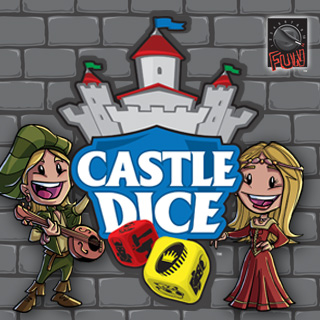
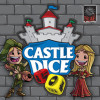
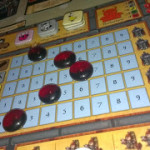
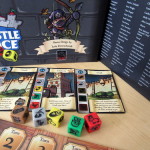
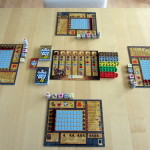
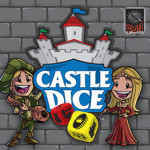


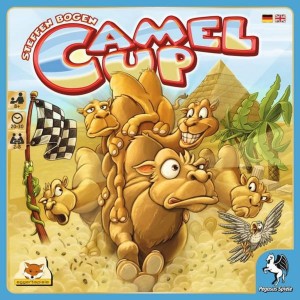
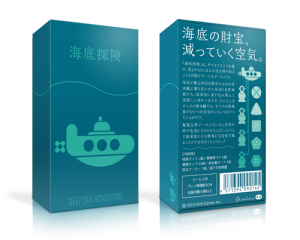
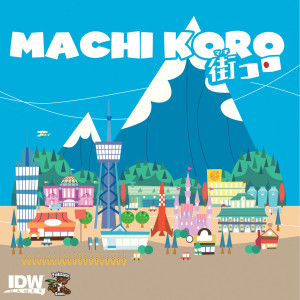
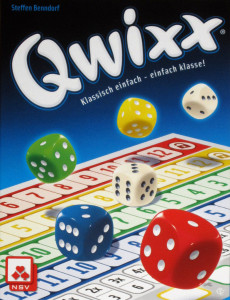
Sam says
My kids liked this, and so did my mum. The meaner cards feel a bit out of place, though, and the graphic design looks like it was done by a team of people who weren't on speaking terms.